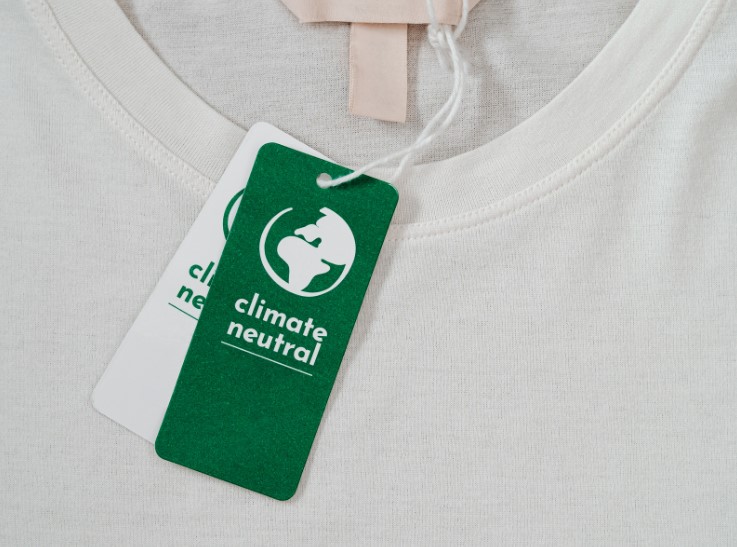I’ve been thinking a lot lately about how much of our clothing these days is made of plastic. You know, all those synthetic fabrics like polyester, nylon, acrylic – they might feel nice and look shiny, but they’re basically just different forms of plastic, right?
It really hit me the other day when I was digging through my closet looking for something to wear. Shirt after shirt had those little care tags that said “100% polyester” or some blend of poly and cotton. My favorite leggings? Yep, made of plastic-based spandex. Even some of my nicer shirts that I thought were cotton turned out to be like 60% polyester, 40% cotton.
Crazy when you stop and think about it!
I got to wondering just how much of our wardrobes these days are made up of synthetics rather than natural fabrics. So I did a bit of research and was honestly kind of shocked by what I found.
Some key stats:
- Americans buy around 80 billion new clothing items every year. Of that, over 60% contain some type of synthetic material like polyester, nylon or elastane.
- Polyester is by far the most commonly used man-made fiber. In 2020, global polyester production was over 100 million metric tons! For comparison, that’s basically the weight of every adult living in the US.
- Spandex, sometimes called elastane, makes up around 5% of the global fiber market. Fun fact – it takes over 200,000 plastic bottles to produce enough spandex to make a single pair of pants.
- Even clothes marketed as “cotton” often have a synthetic blend. A study from Greenpeace found that over 80% of trendy “cotton” clothes from brands like H&M and Zara contained some amount of plastic.
So when you add it all up, it’s safe to say the vast majority of our wardrobes now contain plastic in one form or another. Makes you think twice about all those clothes washing up on beaches, doesn’t it? Where is all that plastic ultimately coming from and going?
I’ve gotta be honest – learning just how much plastic I own has given me some mixed feelings. On one hand, I do love how soft and comfy my stretchy leggings are or how poly-cotton blend shirts keep their shape better over time. But I’m also someone who cares about reducing plastic waste and supporting more eco-friendly materials.
It’s made me start paying closer attention to fabric content when I shop. I’m making an effort to choose natural fabrics like cotton, linen, and wool when I can. Yes, they might not be as lightweight or long-lasting as synthetics. But at least I know they’re not dependent on oil to be produced and will break down naturally if they end up in a landfill someday.

Small changes like reaching for the cotton shirt instead of the polyester one or avoiding clothes with elastane might not seem huge. But if more of us did it, I think it could really add up and reduce the demand for plastic-based materials over time. Fashion is one of the most polluting industries in the world, so every little bit we do individually helps chip away at that massive problem.
Has learning how much plastic is in our clothes surprised you too? Are you rethinking your wardrobe choices at all as a result? I’d love to hear other people’s thoughts and experiences making fabrics like cotton or linen more of a priority over synthetics. Reducing plastic is a journey, but every step forward matters.

